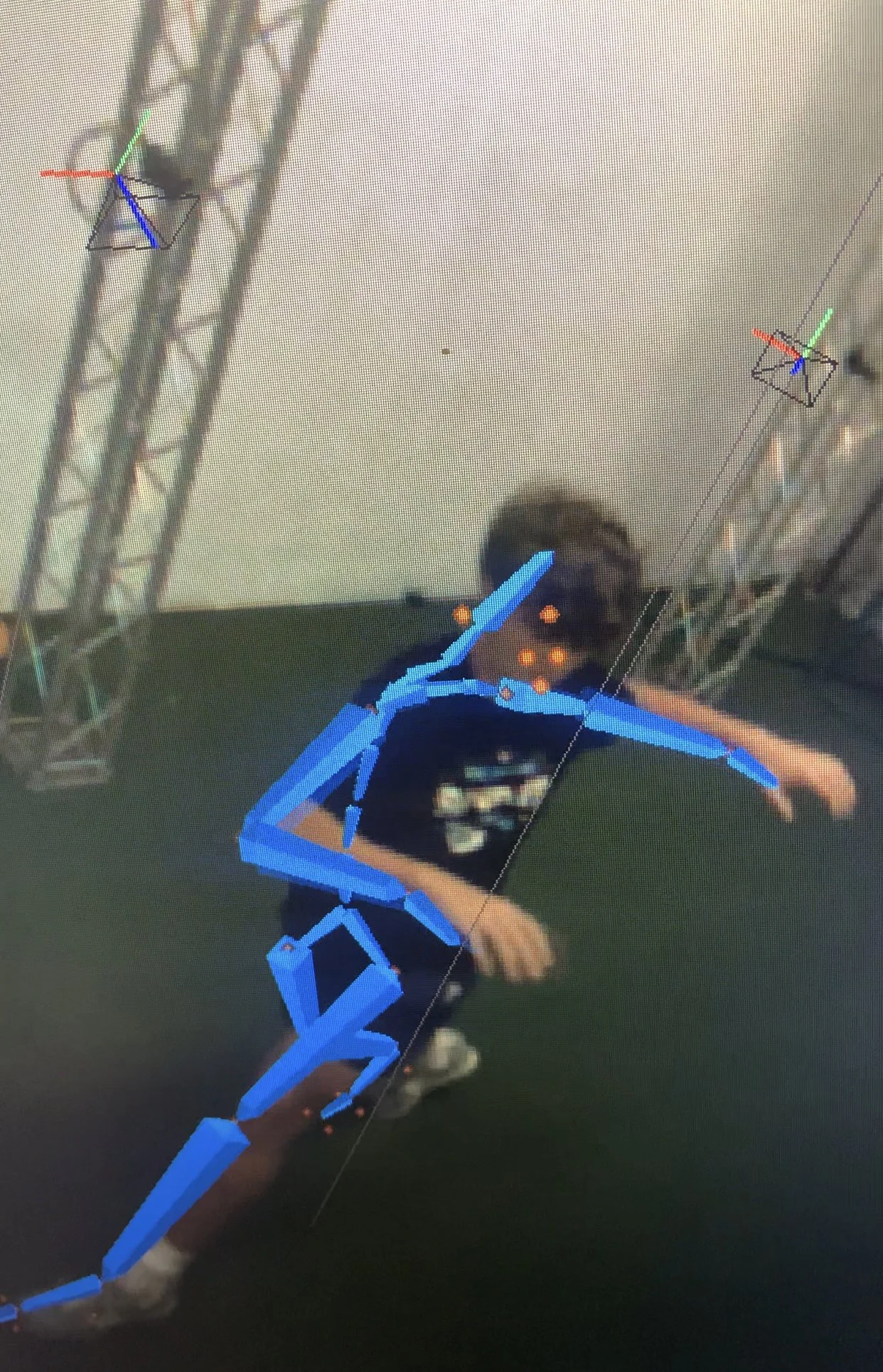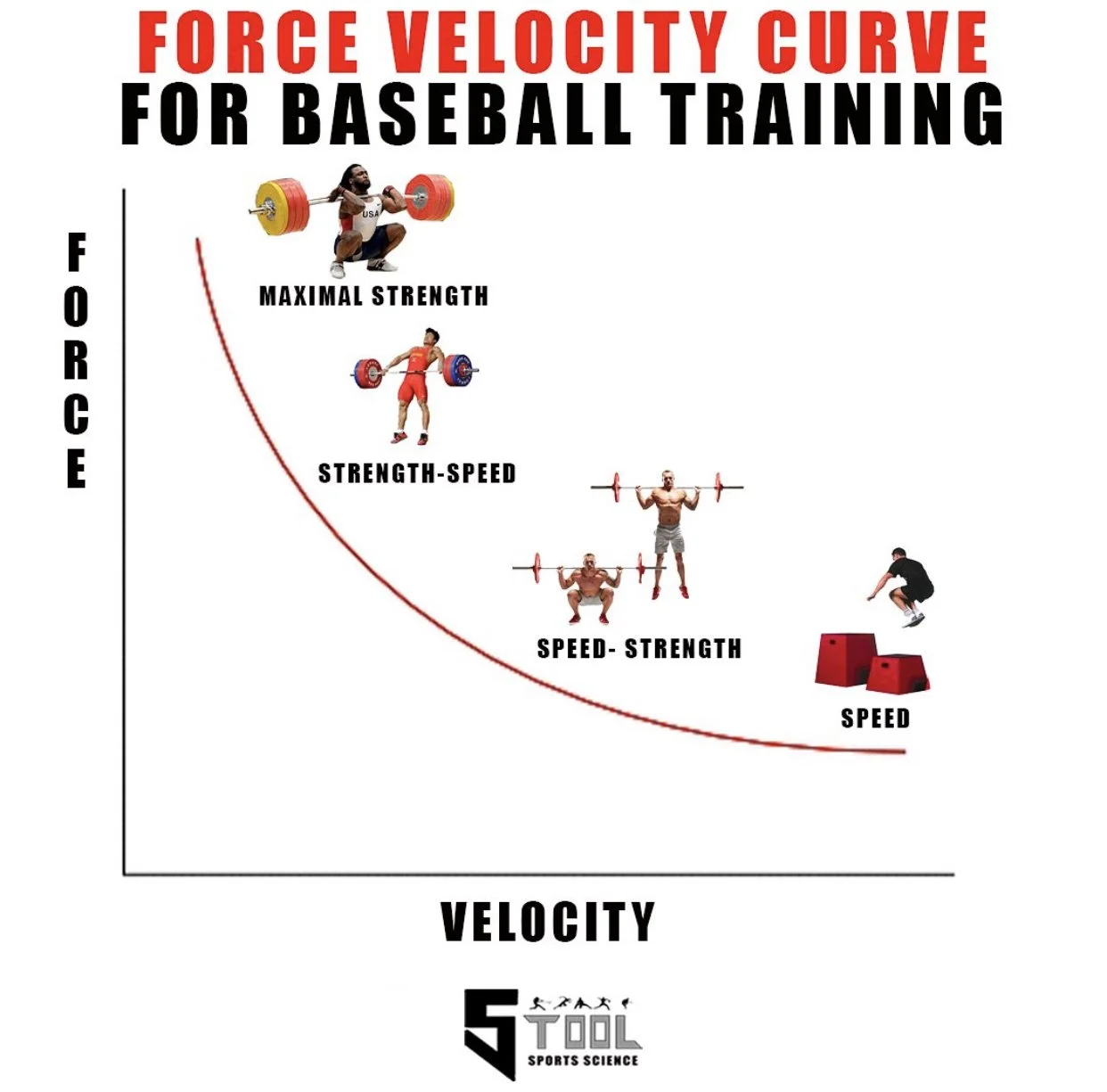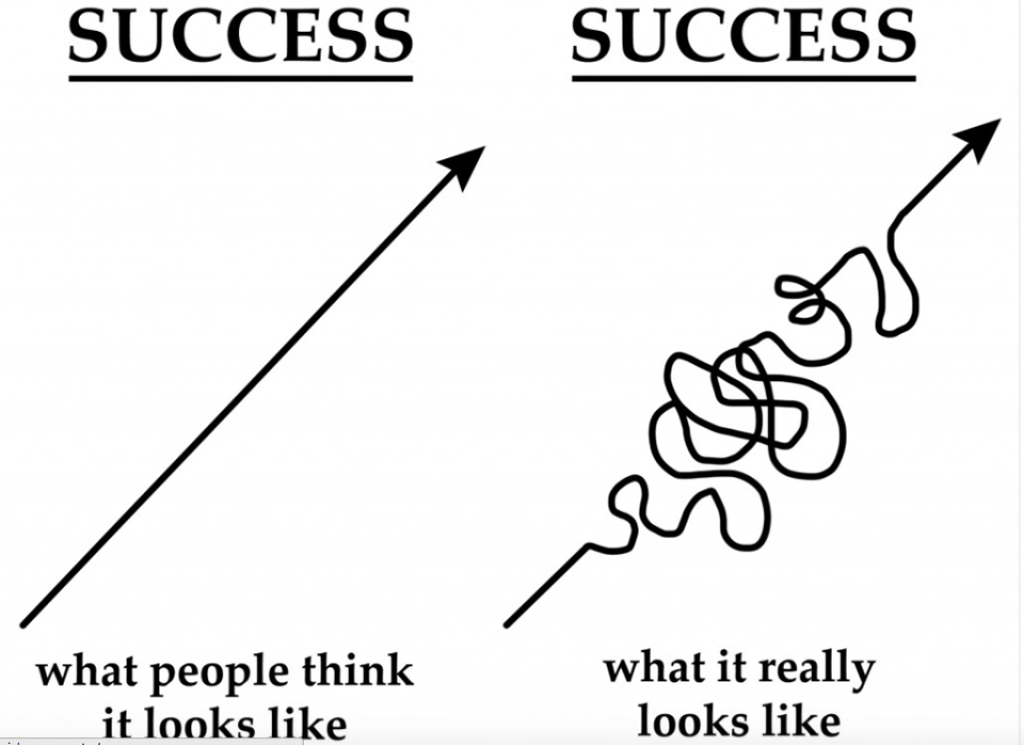8 Pitching Velocity Killers
Pitching velocity isn’t built overnight. I wish it was, but it’s not. I also wish I could marry Sydney Sweeney, but apparently that’s not in the cards either. Life is tough. All jokes aside pitching velocity is the product of biomechanics, strength, mindset, and consistency coming together. However, many athletes unknowingly hold themselves back with habits, weaknesses, or misconceptions that slow down their development. In this article we will discuss eight common pitching velocity killers, each of which needs to be addressed for a pitcher to maximize performance. Le’s get started!
1. Importance of Lean Muscle Mass For Pitching Velocity
Low lean muscle mass is one of the biggest separators for pitchers who want to increase velocity. Research and real-world data show a strong correlation between lean muscle mass and level of play. The average MLB pitcher is around 6'2", 215 pounds, with roughly 192 pounds of lean mass providing the horsepower for elite force production.
Even pitchers with clean mechanics will be limited if they lack size and muscle. This is especially true at the youth level, where athletes may move well but simply don’t have the physical foundation to throw harder. Lean muscle mass not only drives force production but also supports overall athletic ability, making it the foundation for maximizing velocity.
2. Role of Arm Strength in Pitching Velocity
Poor arm strength is another major velocity killer. In today’s era of strength and conditioning, pitchers who neglect arm development quickly fall behind. Building both lean muscle and arm strength provides the horsepower necessary to throw harder and compete at higher levels.
A strong arm acts as both a buffer against stress and the final link in the kinetic chain. Force generated from the lower body and trunk must ultimately transfer through the arm to the baseball. Without strength, that transfer is inefficient, velocity suffers, and the risk of injury increases.
Dynamometer testing offers an objective way to measure external rotation, internal rotation, horizontal abduction, and grip strength, giving athletes a clear baseline for targeted arm-care programs. Developing arm strength also provides the brain and body with the confidence to accelerate faster and rotate harder, unlocking greater velocity safely.
3. Building Rotational Power
Rotational power is a cornerstone of pitching velocity, yet often overlooked in traditional training. Many programs focus on football-style lifts like bench press and squats, while ignoring rotational development.
A study involving NCAA Division III baseball players reported that the speed achieved during a rotational medicine ball throw had a correlation with pitching velocity explaining 38% of the variance in throwing speed. (4)
Pitching demands the ability to create powerful rotation from the hips and core. Tools like medicine balls, scoop tosses, woodchoppers, and water bags train athletes to explosively rotate and transfer force through the trunk. Without this emphasis, pitchers leave untapped velocity on the table.
4. Kinematic Sequence and Energy Transfer
Pitching velocity depends on efficient energy transfer through the body’s kinematic sequence. Power should flow proximally to distally from the ground up through the hips, trunk, shoulder, arm, and finally into the ball.
A study involving high school and college pitchers found that peak trunk rotation velocity significantly predicts ball speed (explaining 25% of variability). Additionally, hip‑shoulder separation, peak pelvis velocity, and timing of peak pelvis velocity each contributed to predicting trunk rotation velocity. In combination, these biomechanical factors explained 55% of the variability in trunk rotation speed. (1)
Any breakdown in this sequence creates “energy leaks” that rob velocity and increase injury risk. Common issues include poor hip-shoulder separation, mistimed trunk rotation, or weak angular velocity in the hips and trunk. Fixing these inefficiencies allows pitchers to maximize energy storage and transfer, leading to greater velocity and more efficient mechanics.
5. Mobility and Movement Quality
Mobility restrictions whether in the ankles, hips, spine, or shoulders limit clean mechanics, force compensations, and reduce velocity potential. When pitchers lack adequate range of motion, they’re often forced into risky positions that both reduce performance and increase injury risk.
Research involving collegiate pitchers found that greater total hip rotational ROM, particularly in the lead leg, was significantly associated with faster trunk angular velocity, greater maximum shoulder external rotation, and a reduced elbow flexion angle at ball release. This combination suggests improved mechanics, performance enhancement and potentially reduced stress on the elbow. (2)
Improving mobility frees up the body to move through efficient mechanics with elasticity and stretch, giving pitchers access to untapped velocity. Unlocking ranges is just as important as building strength.
6. Force to Velocity Profiling
Every athlete falls somewhere on the force-velocity spectrum. Some are strong but lack speed, while others are fast but underpowered. Training the wrong qualities can stall velocity gains.
In one study, Morin and Samozino’s force-velocity profiling approach uses the relationship between an athlete’s maximal force (F₀) and maximal velocity (V₀) to understand their power output (Pmax) during movements like jumping and sprinting. By measuring these, coaches can see if an athlete is more force-oriented (stronger than fast) or velocity-oriented (faster than strong), which is shown by the force-velocity imbalance (FVimb). This information helps create personalized training programs that focus on improving the athlete’s weaker area, either strength or speed, to increase their overall power and performance. The method is simple, accurate, and practical for regular use in the field. (3)
Force-velocity profiling helps identify whether a pitcher should emphasize explosive plyometrics, strength-speed work, ballistic training, or foundational strength building through lifts like deadlifts and squats. Matching training to an athlete’s velocity profile ensures development is targeted and efficient and avoids wasted effort.
7. Mindset and Belief System
Mindset is often the hidden factor behind velocity plateaus. A weak belief system prevents pitchers from fully committing to the process, while a strong mindset builds resilience and drive.
Athletes must believe in their goals whether that means throwing 90 mph or playing at the college level. Belief shapes identity, directs effort, and creates persistence in the face of setbacks.
Let me give you an example, once the 4:30 mile was broken, many more followed because belief made it possible. The same applies to pitching velocity. Look back just 10 years ago and there were only a few 100 mph arms. Now it seems like every team has 2-3. I have noticed this over the 11 years i’ve spent training pitchers: seeing others succeed often creates buy in and belief which sparks breakthroughs in the facility. Once an athlete sees another guy reach 90 mph it creates a train reaction of breakthroughs and creates a contagious energy. They see it, they believe it and boom it starts to happen. I don’t know exactly how that works it, but it is real. Confidence, buy in, faith, and vision combine to push athletes past perceived limits.
8. Consistency and Time in Developing Velocity
Finally, the biggest killer of velocity development is a lack of consistency and long-term commitment. Velocity gains are the result of stacking months and years of training not short bursts followed by downtime.
The misconception that athletes should only train in the offseason is outdated. With smart programming, pitchers can continue to build strength and explosiveness in-season without overtaxing their bodies. Even modest monthly improvements compound into major velocity gains over time.
The process is rarely linear. There will be setbacks, plateaus, and challenges, but consistency, perseverance, and discipline keep athletes moving forward. The pitchers who embrace this long-term journey are the ones who ultimately reach their velocity goals.
Conclusion
Pitching velocity is the result of multiple interconnected factors. Lean muscle mass, arm strength, rotational power, kinematic efficiency, mobility, force-velocity balance, mindset, and consistency all play essential roles. Addressing these eight velocity killers gives pitchers the best chance to maximize their performance, stay healthy, and separate themselves from the competition.
References
Orishimo, K. F., et al. “Role of Pelvis and Trunk Biomechanics in Generating Ball Velocity in Baseball Pitching.” Journal of Strength and Conditioning Research, vol. 37, no. 3, 2023, pp. 623–628.
Zeppieri Jr., G., et al. “The Relationship Between Hip Range of Motion and Pitching Kinematics Related to Increased Elbow Valgus Loads in Collegiate Baseball Pitchers: A Pilot Study.” International Journal of Sports Physical Therapy, vol. 16, no. 3, 2021, pp. 601–609, IJSportsPT.
Morin JB, Samozino P. Interpreting Power-Force-Velocity Profiles for Individualized and Specific Training. Int J Sports Physiol Perform. 2016 Mar;11(2):267-72. doi: 10.1123/ijspp.2015-0638. Epub 2015 Dec 17. PMID: 26694658.
Aguinaldo, A. L., et al. “Rotational medicine ball throw velocity relates to pitching velocity in Division III baseball players.” Journal of Strength and Conditioning Research, vol. 35, no. 12, 2021, pp. 3414–3419. PubMed, pubmed.ncbi.nlm.nih.gov.





